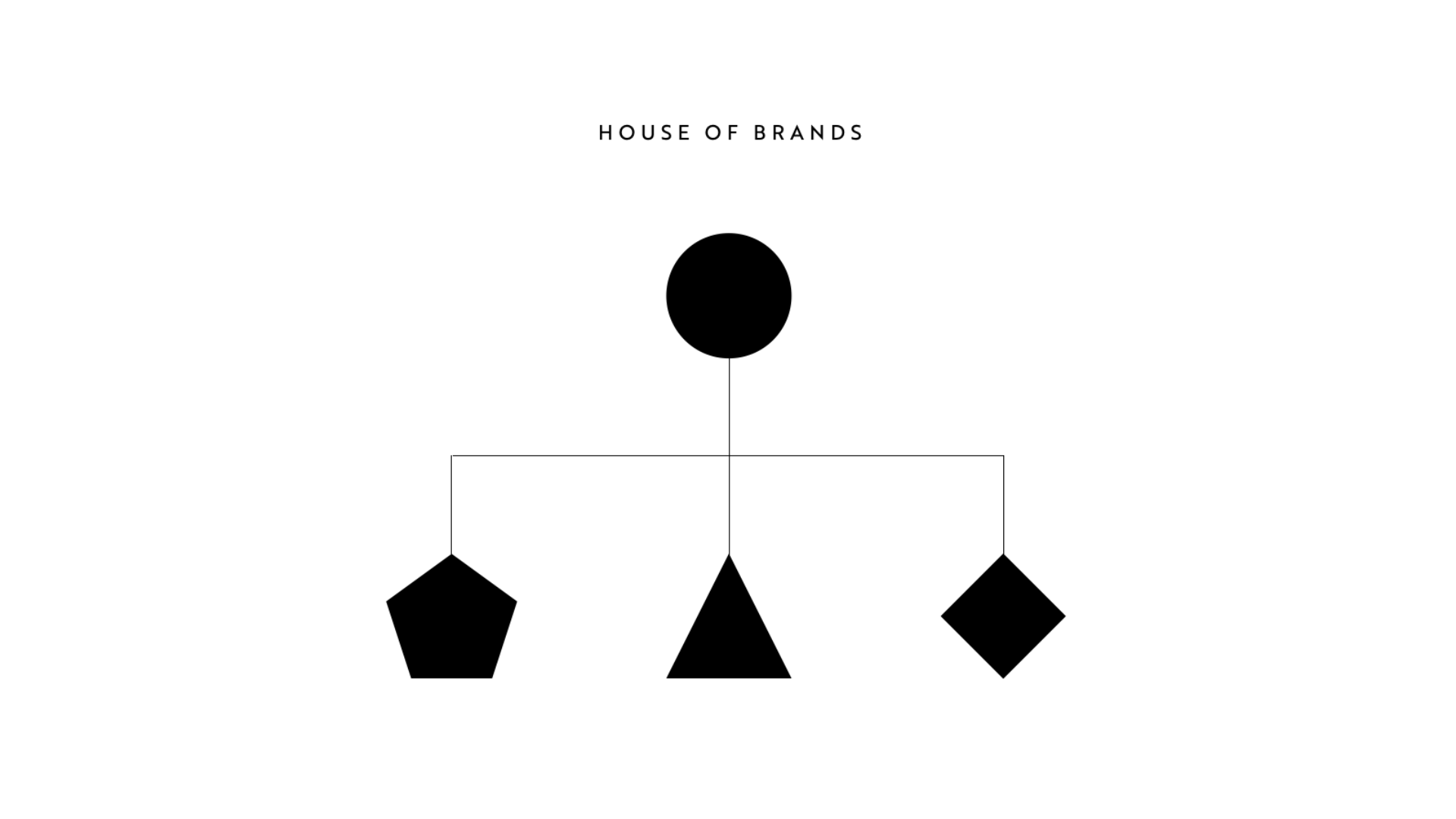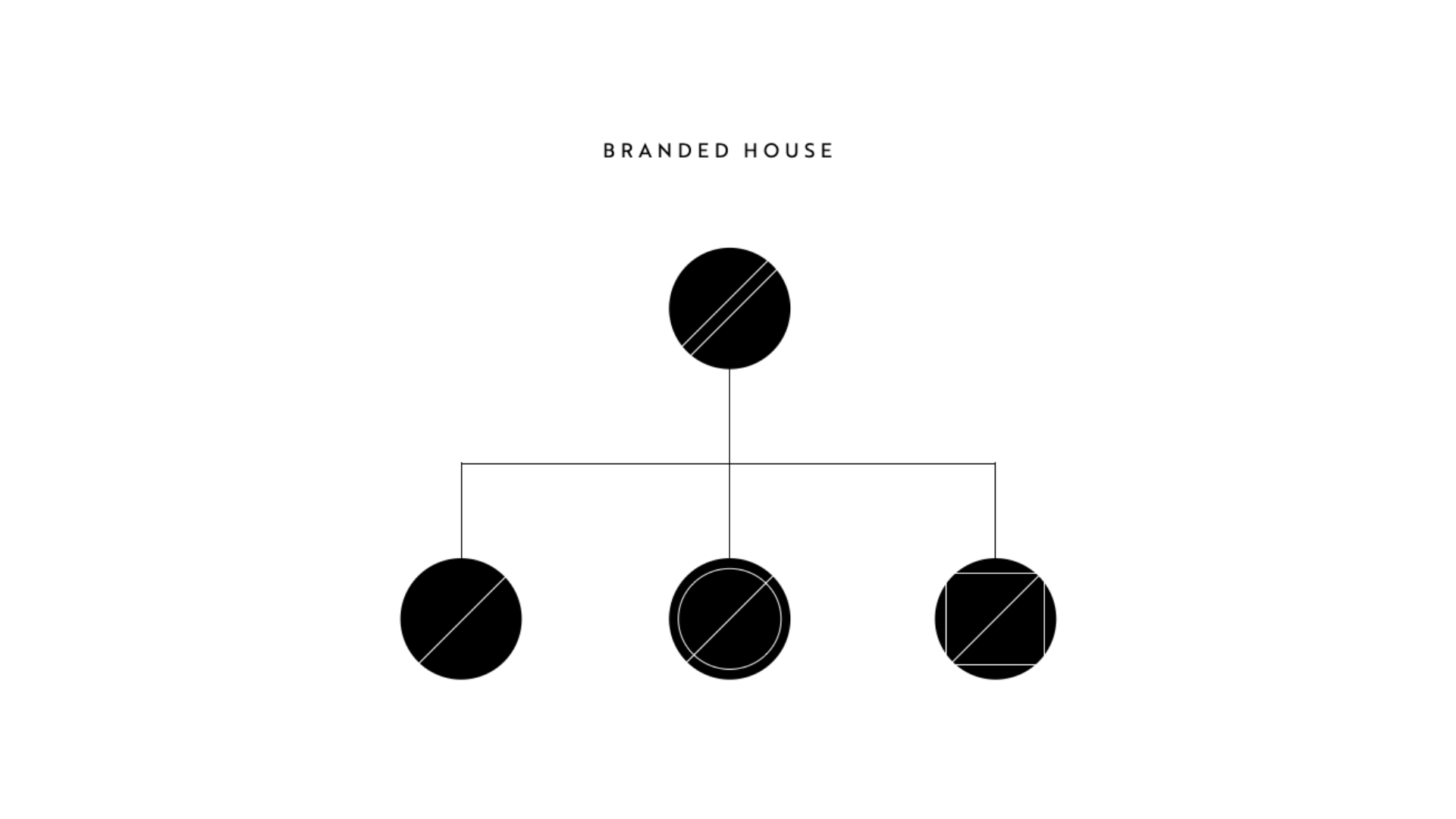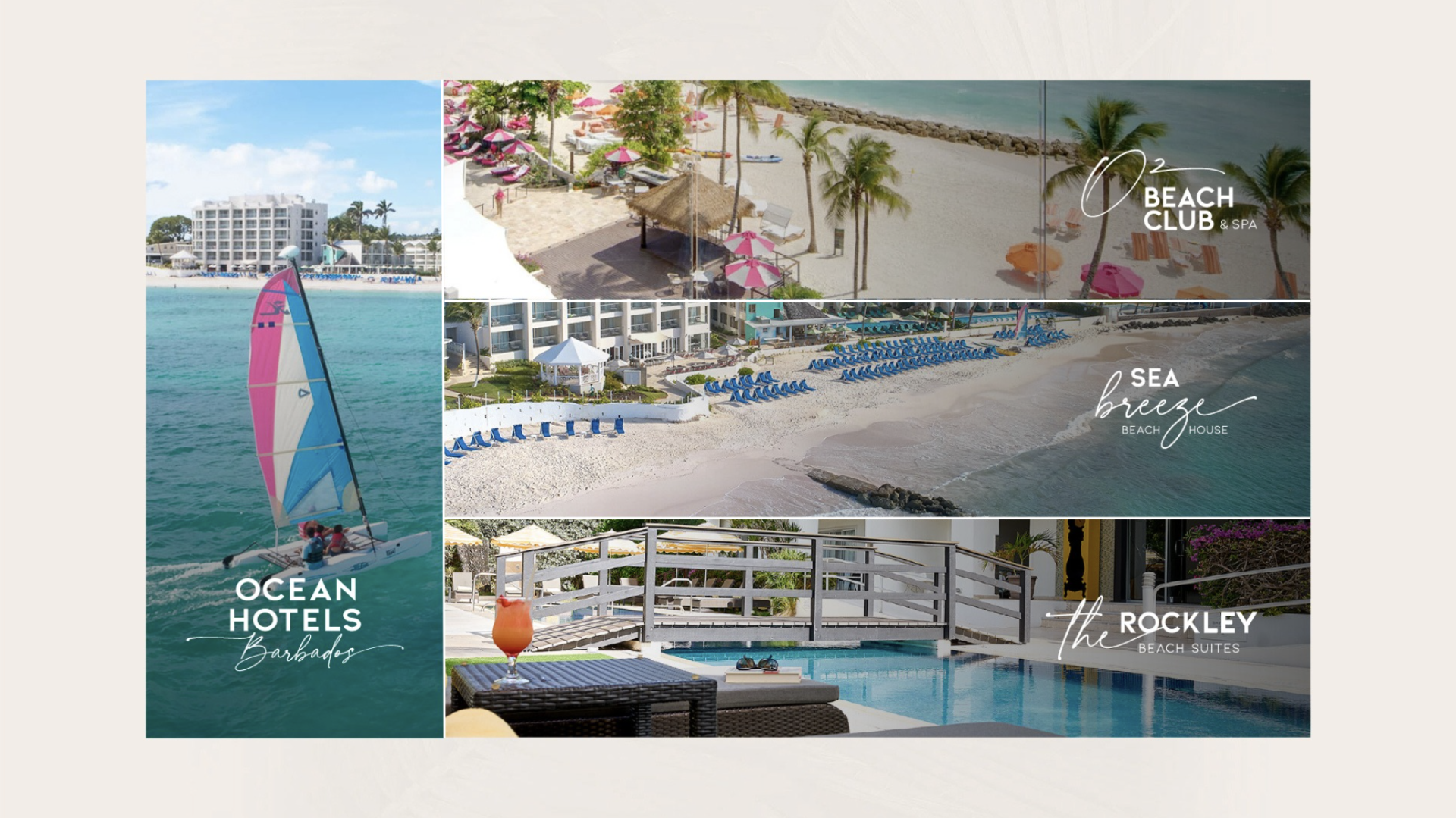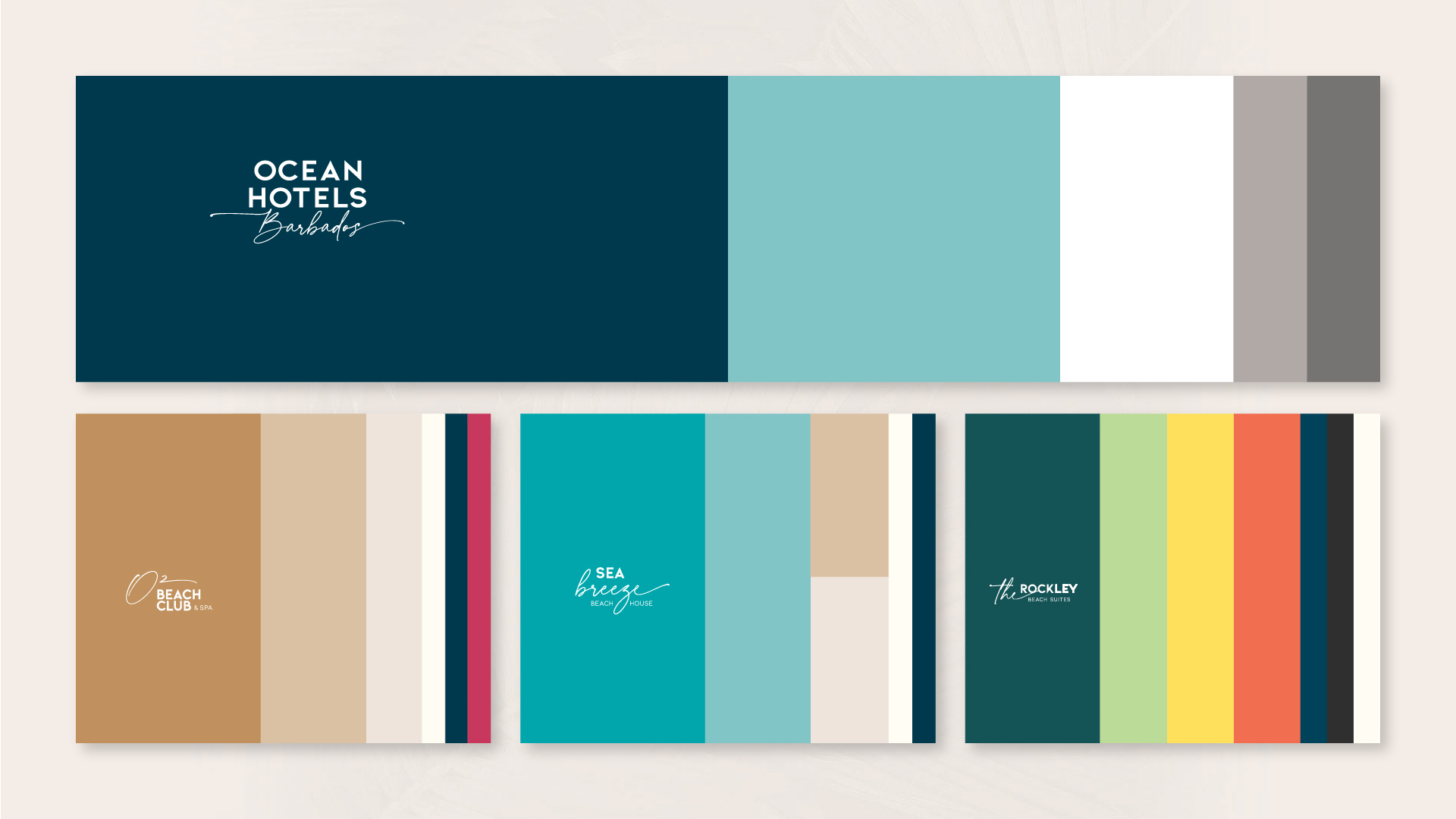The branded house approach: designing trust within hotel collections
In the hospitality industry, branding does more than attract guests—it shapes expectations, communicates values, and builds long-term loyalty. When it comes to hotel collections, the strategic branding approach can significantly impact how guests perceive and engage with a portfolio. Most branding strategies fall into one of two categories: a house of brands or a branded house.
House of brands vs branded house
Major hotel companies like Marriott International or Hilton Worldwide exemplify the house of brands approach, where they manage a large portfolio of distinct, independent hotel brands, each with its own unique identity, design language, and target audience.
While these individual brands operate under the umbrella of a parent company, there's typically little to no visual or stylistic connection between the sub-brands themselves or with the parent brand.

In contrast, the branded house approach centers on an overarching identity that governs the look, feel, tone, and philosophy of all its individual properties. It's more than just a logo; it's a comprehensive framework for storytelling, guest experience, and visual consistency across the entire collection. This model ensures that while each property maintains its individuality, it unmistakably belongs to the same family, unified by a shared design language and core values.

Decisions, decisions, decisions
When developing the brand identity for Ocean Hotels Barbados, a collection of three properties, the team intentionally chose a branded house approach. This strategy was designed to foster immediate recognition, build inherent trust, and reinforce a consistent promise of quality and experience across all properties.

Building trust through design
With the brand strategy defined, Ocean Hotels Barbados focused on creating a cohesive design language—a visual grammar that signals the familial ties between its properties. Each property shares:
- A coastal-inspired palette

- Consistent typography across all properties

- A shared logo system that plays with similar fonts and spacing

These visual consistencies create trust. Guests know what to expect emotionally and experientially, even if the specifics of each hotel vary.
Allowing for flexibility within a framework
A good branded house doesn’t micromanage. Instead, it provides a framework that empowers individual properties to shine while staying aligned. For example:
- When you visit O2 Beach Club & Spa's website, the language and visuals provide an upscale tone, reflected in its more refined character and neutral color palette.
- While Sea Breeze Beach House follows the same brand guidelines, its website leans into a more relaxed, playful tone.

This flexibility allows marketing assets, website design, and guest experience to feel tailored—without losing the familial resemblance.
Benefits of a cohesive branded house
When done well, a well-led branded house offers:
- Stronger brand equity, with each hotel reinforcing the collective reputation
- Increased guest confidence and sustained brand loyalty
- Efficient, cohesive marketing driven by shared assets and messaging
- Seamless scalability, with new properties joining efficiently without starting from scratch
Branding that feels like coming home
In today’s competitive hospitality market, brands must work harder than ever to create meaningful connections with guests. Whether your portfolio follows a house of brands or a branded house approach, the way your brand is thoughtfully designed plays a crucial role in building trust—and ultimately, influencing how guests choose where to stay.